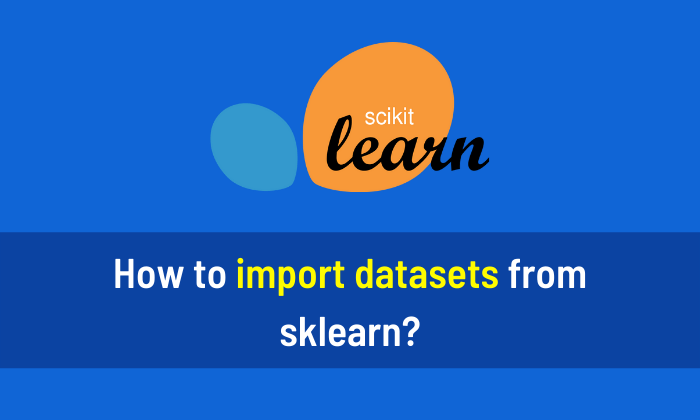Naive Bayes classifiers are supervised machine learning algorithms. The Naive Bayes algorithms are based on Bayes’ theorem. We can quickly implement the Naive Bayes classifier in Python using the Sklearn library. You have to follow the given steps.
Step 1: Import the libraries
import seaborn as sns
Step 2: Import the iris dataset
iris_data = sns.load_dataset("iris")
print(iris_data.head())sepal_length sepal_width petal_length petal_width species 0 5.1 3.5 1.4 0.2 setosa 1 4.9 3.0 1.4 0.2 setosa 2 4.7 3.2 1.3 0.2 setosa 3 4.6 3.1 1.5 0.2 setosa 4 5.0 3.6 1.4 0.2 setosa
Step 3: Split the dataset into the Training set and Test set
from sklearn.model_selection import train_test_split X = iris_data.iloc[:, :-1].values y = iris_data.iloc[:, 4].values X_train, X_test, y_train, y_test = train_test_split(X, y, test_size = 0.25, random_state = 0)
Step 4: Feature Scaling
from sklearn.preprocessing import StandardScaler sc = StandardScaler() X_train = sc.fit_transform(X_train) X_test = sc.transform(X_test)
Step 5: Fitting Naive Bayes to the Training set using Sklearn
from sklearn.naive_bayes import GaussianNB model = GaussianNB() model.fit(X_train, y_train)
Step 6: Prediction on the Test set
y_pred = model.predict(X_test)
Step 7: Accuracy on the training set and test set
from sklearn.metrics import accuracy_score
print("Accuracy on training set: ", accuracy_score(y_train, model.predict(X_train)))
print("Accuracy on test set", accuracy_score(y_test, y_pred))Accuracy on training set: 0.9464285714285714 Accuracy on test set 1.0
Step 8: Confusion Matrix
from sklearn.metrics import confusion_matrix c_matric = confusion_matrix(y_test, y_pred) print(c_matric)
[[13 0 0] [ 0 16 0] [ 0 0 9]]
Complete Code:
# Step 1: Import the libraries
import seaborn as sns
# Step 2: Import the iris dataset
iris_data = sns.load_dataset("iris")
# Step 3: Split the dataset into the Training set and Test set
from sklearn.model_selection import train_test_split
X = iris_data.iloc[:, :-1].values
y = iris_data.iloc[:, 4].values
X_train, X_test, y_train, y_test = train_test_split(X, y, test_size = 0.25, random_state = 0)
# Step 4: Feature Scaling
from sklearn.preprocessing import StandardScaler
sc = StandardScaler()
X_train = sc.fit_transform(X_train)
X_test = sc.transform(X_test)
# Step 5: Fitting Naive Bayes to the Training set
from sklearn.naive_bayes import GaussianNB
model = GaussianNB()
model.fit(X_train, y_train)
# Step 6: Prediction on Test set
y_pred = model.predict(X_test)
# Step 7: Accuracy on training set and test set
from sklearn.metrics import accuracy_score
print("Accuracy on training set: ", accuracy_score(y_train, model.predict(X_train)))
print("Accuracy on test set", accuracy_score(y_test, y_pred))
# Step 8: Confusion Matrix
from sklearn.metrics import confusion_matrix
c_matric = confusion_matrix(y_test, y_pred)
print(c_matric)Output:
Accuracy on training set: 0.9464285714285714 Accuracy on test set 1.0 [[13 0 0] [ 0 16 0] [ 0 0 9]]


